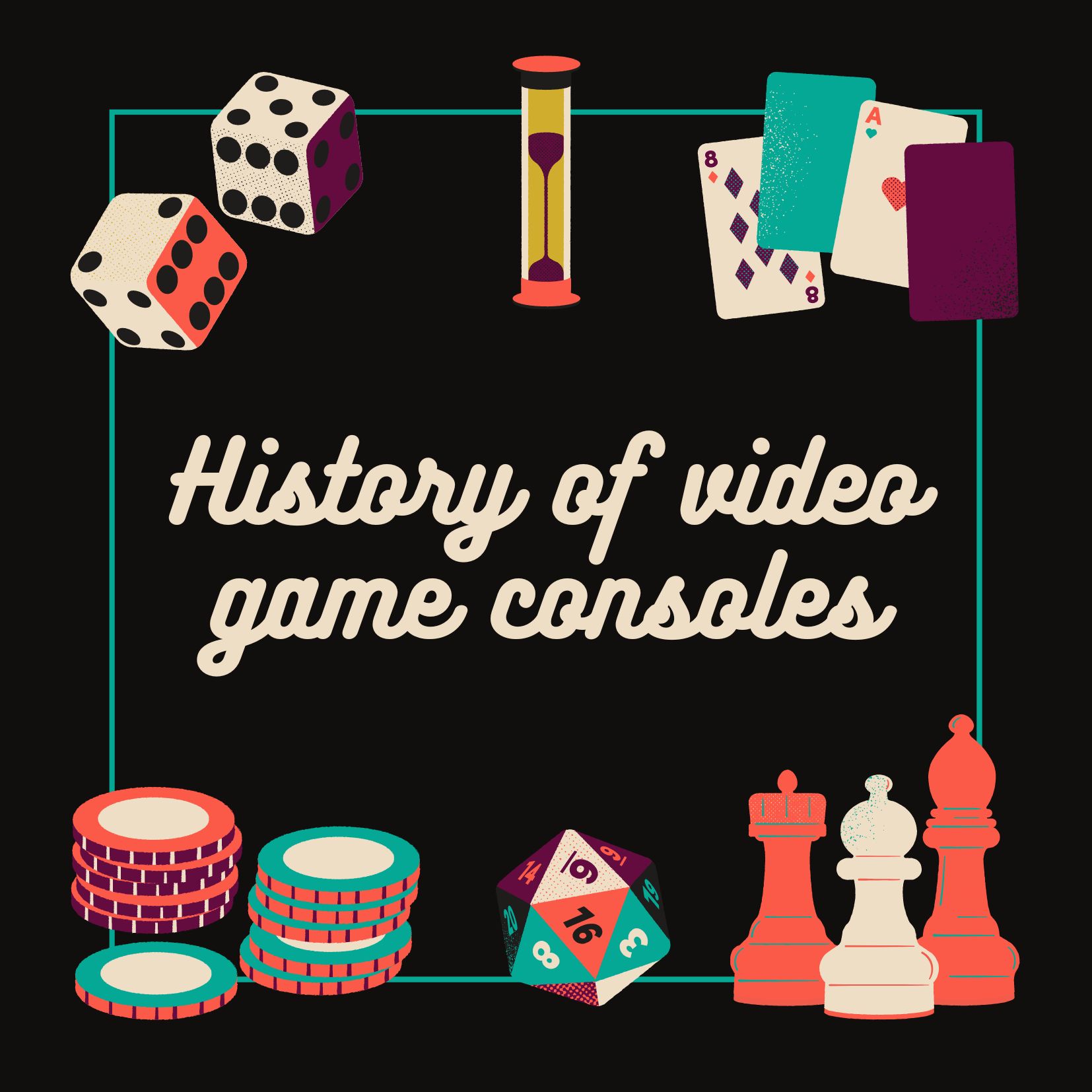The sixth generation of video game consoles lasted from 1995-1998. It’s an era characterized by dedicated graphic processors and high-powered microprocessors. These features together facilitated realistic graphics that took gameplay to an entirely new level.
So, the gaming consoles from the sixth generation used to be a long way ahead of the personal computer systems available during those days, which were also priced towards the higher side.
Top gaming consoles from the sixth generation
- Sega Saturn
In May 1995, Sega Saturn was released – a video gaming system well recognized for its remarkable graphics quality. This was a metric achieved with the use of CD-ROM-based games and twin 32-bit microprocessors. Saturn, nevertheless, was priced towards the higher side, at $399. Furthermore, there were insufficient third-party games in Saturn. With time, Saturn lost the race to the upcoming gaming console by Sony.
- Sony Playstation
Sony Playstation was released in 1995 in the US market and was Sony’s first video game system. While Playstation was priced at $299, the cost was still $100 less than Sega Saturn, a noteworthy competitor.
Moreover, Sony Playstation came loaded with a 32-bit microprocessor that would produce polygon graphics. A magnanimous advertisement campaign was created for Playstation, resulting from which, Playstation beat both, Sega and Nintendo to become the world’s top home video game system. As of today, over 50 million units of Sony Playstation have been sold around the world.
- Nintendo 64
In 1996, five years had passed since Super NES was released. This year, Nintendo came up with its own sixth-generation video game system, which was Nintendo 64.
Among all video game systems, Nintendo 64 was the pioneer in the use of a 64-bit microprocessor, which also defined its name, Nintendo 64. Another catchy feature of the Nintendo 64 was that it was priced remarkably lower than all competitors, at $150.
The launch was a grand success, with 1.7 million units being sold in the initial three months of release.
Conclusion
As per a few of the industry experts, it was in November 1998 that the sixth generation of video game consoles officially began. So, officially, there is no clear timeline for when this era began. Some believe that the era ended in 1998, while others believe it began in 1998.
At times, the sixth generation of video game consoles is also known as the last non-motion control gaming era. People call the sixth generation the 128-bit generation. The availability of handheld devices was a demarking feature of the sixth generation, and video gaming had moved ahead by leaps and bounds.
The initiation point of the sixth generation was when Dreamcast was released in Japan. Among the other gaming consoles of this generation were Microsoft Xbox, Nintendo GameCube, and PlayStation 2.
In 2001, Dreamcast was discontinued but kept selling games right up to 2007, for they were popular. GameCube also was discontinued in 2007. Xbox endured longer. The final games of Xbox were sold in 2008, but it was, finally, in 2009 that Xbox was discontinued. Now, when we consider PlayStation 2, it was discontinued in 2013, which also marked the end of the sixth generation.







